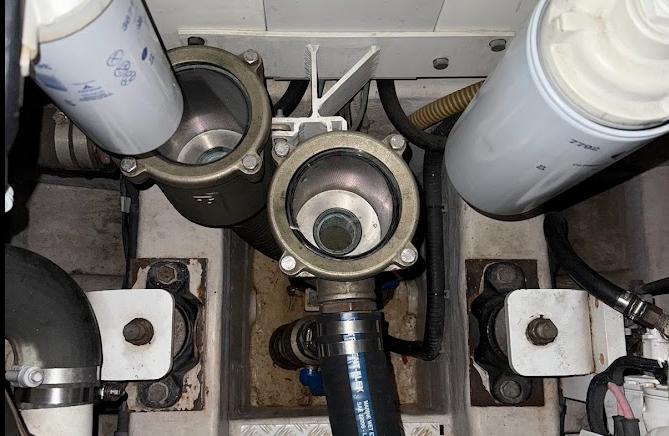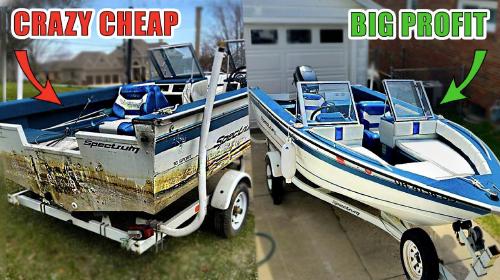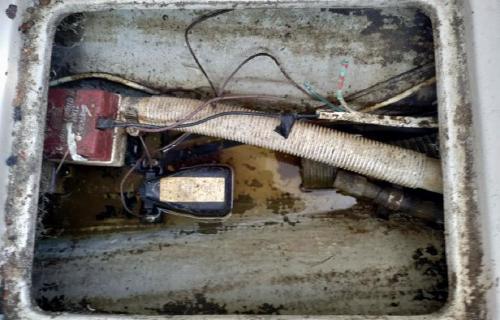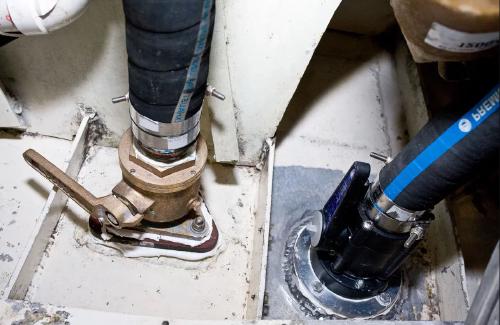As the boating season kicks off, there’s one crucial aspect of boat maintenance that’s often overlooked: the marine strainer. This guide will shine a spotlight on this essential component, explaining its functions, types, and maintenance practices.
Understanding Marine Strainers

Marine strainers are vital parts of a boat’s plumbing system. They serve to filter out debris from the water your boat uses for various systems, such as the engine cooling system, air conditioning, and heads. By doing so, they prevent blockages that could cause severe damage to these systems.
There are three main types of marine strainers, each suited for different boat systems:
Perforated Plate Strainers: These strainers have a perforated plate that catches larger debris. They are typically used in bilge pumps and engine cooling systems.
Basket Strainers: Equipped with a basket-shaped filter, these strainers catch debris of varying sizes and are often employed in raw water systems.
Y Strainers: These strainers, shaped like the letter ‘Y’, are often used in smaller systems, like the generator or air conditioning systems. They are designed to trap smaller particles.
The Importance of Regular Maintenance

Like most boat components, marine strainers require regular maintenance to function optimally. Debris build-up can lead to blockages, impairing the performance of your boat’s systems or causing costly damage. Regular cleaning and maintenance ensure that your boat’s systems run smoothly and efficiently, enhancing your overall boating experience.
Cleaning and Maintaining Your Marine Strainer: A Step-by-Step Guide
Maintaining your marine strainer is a straightforward process that you can easily carry out yourself. Here are the steps to follow:
Close the Seacock: As mentioned earlier, start by closing the seacock to stop the water flow.
Dismantle the Strainer: Unscrew the top part of the strainer and remove the basket or plate. Be sure to place a bucket underneath to catch any residual water or debris.
Clean the Strainer: Rinse the basket or plate with fresh water to remove the debris. For stubborn grime, use a soft brush.
Inspect the Strainer: Look out for signs of wear and tear, such as holes or cracks. If you notice any damage, replace the strainer immediately.
Reassemble and Test the Strainer: Once clean, put the strainer back together and reopen the seacock. Check for leaks to ensure that the strainer is properly sealed.
Greasing the Seacock: Enhancing Longevity and Performance
If the seacock is easily accessible, it’s recommended to apply some synthetic grease. We found that Super Lube 21030 Synthetic Grease is the best product to apply as it will bot drip, run or evaporate and is impervious to salt water, during maintenance. This high-quality, waterproof grease helps to lubricate and protect the seacock, enhancing its performance and longevity. However, be sure not to overdo it, as excess grease can attract debris. For more tips about the maintenance of sea cocks, see our in depth article: Seacock Types and Seasonal Maintenance
Conclusion
Proper maintenance of your marine strainer is a small but significant step towards a successful boating season. By understanding the different types of strainers and keeping up with regular cleaning and maintenance, you can ensure that your boat’s systems run smoothly, saving you time, money, and potential frustrations. So, as you set sail this season, remember: a clean strainer makes for smooth sailing. Happy boating!





Use the share button below if you liked it.